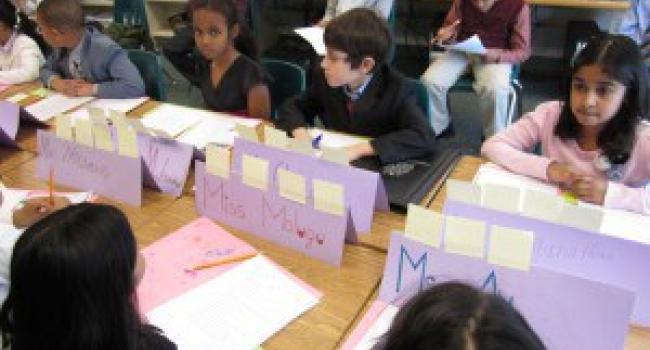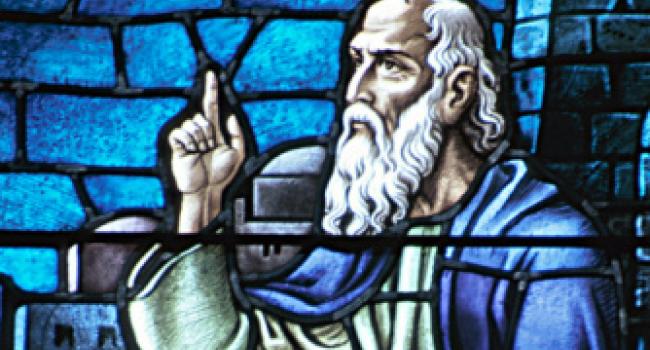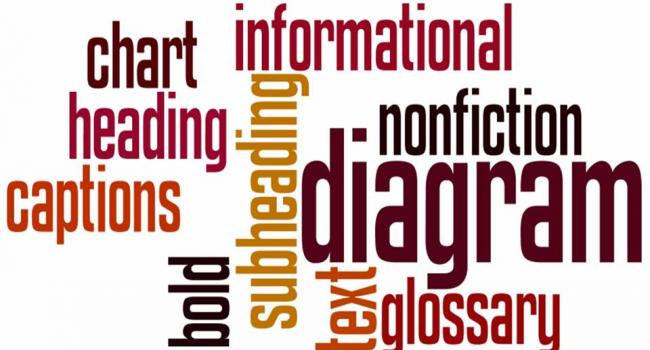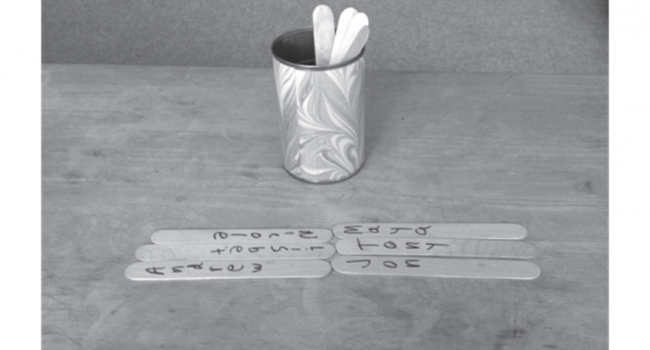The institute focused on how the Next Generation Science Standards (NGSS) will impact the ELL field and provide more depth, rigor and equity to science education.
Guest blogger Emily Miller served on the Next Generation Science Standards Elementary Writing Team, as well as on the Diversity & Equity Team. Drawing upon that work, she has put together this seven-step framework for engaging ELLs and for developing language with the NGSS and shows how to use it with a science lesson about sound.
This week, in Part II & Part III of our series, we’d like to provide you with a concrete example of how to scaffold Socratic circles for ELLs based on a specific text and walk you through the activity step by step.
In the first two posts in our series about using Socratic Circles (or Socratic Seminars) with English language learners (ELLs), we provided an overview of the activity and offered some ideas for how to do a close read of Paul Revere's Ride by Henry Wadsworth Longfellow. Now that you’ve prepared your ELLs, it’s time to implement the Socratic circle.
In part one of this three-part series, Diane shares some strategies for fostering English language learners’ (ELLs) oral language as part of Common Core-based instruction. Her focus is be on practical strategies for including ELLs in Socratic circles (also known as Socratic seminars).
This two-part post will focus on some aspects of teaching informational text to ELLs. Part I will share background considerations and strategies regarding informational text, first providing a basic foundation about informational text for all students and then narrowing my focus to include a few specific strategies about teaching informational text to ELLs.
In this week’s post, I will take a deeper look at the Next Generation Science Standards (NGSS) themselves and will share some resources on teaching science to ELLs with you.
I want to examine some ideas for using text-dependent questions with ELLs. Since I’m a big fan of writing two-part blog posts, first I’ll outline some big picture issues in terms of what TDQs are and some considerations in writing TDQs for ELLs.
First, I will set the stage by sharing one expert's view of academic language for ELLs. Next, I will introduce you to a new book series from Corwin that focuses on theory as well as practical ideas for teaching ELLs the academic language of mathematics and English language arts. Finally, I’ll showcase some practical examples for teaching mathematics to ELLs in grade 2 from one of the book’s chapters.
Understanding Language's five-lesson middle school unit, called Persuasion Across Time and Space: Analyzing and Producing Persuasive Texts, was designed for ELLs at the intermediate level of English language development.










